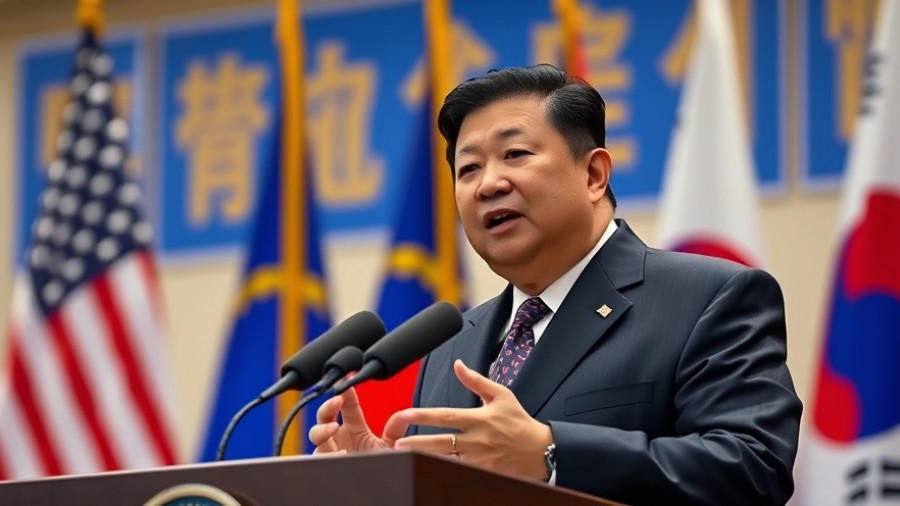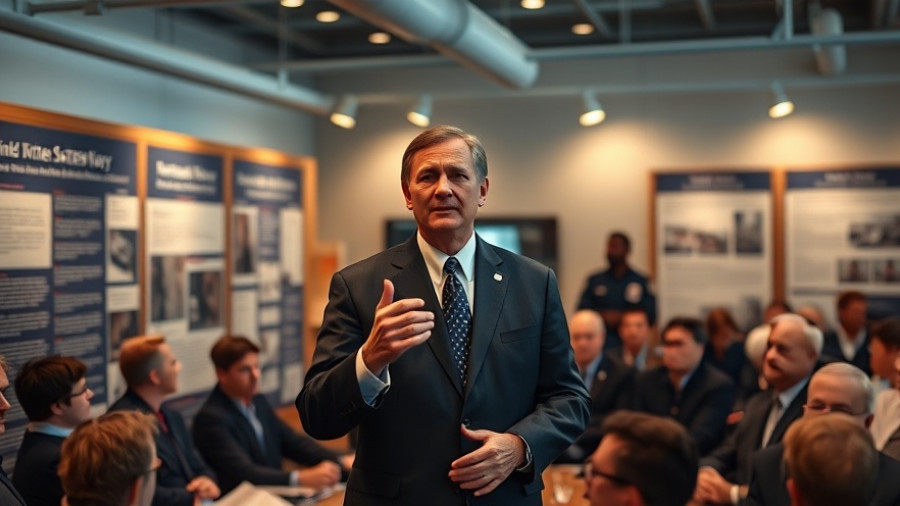
Understanding the Role of Marines in Civil Disputes
The recent deployment of Marines to Los Angeles has ignited discussions around their roles during civil disturbances. With protests erupting in response to enforcement actions by Immigration and Customs Enforcement (ICE), the commandant of the Marine Corps, General Eric M. Smith, assured Congress that these Marines are well-trained in crowd control and related operations. This militarization raises essential questions about the nature of law enforcement and military interactions in civilian settings.
Preparing for Peacekeeping
The 700 Marines activated for this operation hail from the 2nd Battalion, 7th Marine Regiment, displaying not only military readiness but also specialized training aimed at maintaining peace. According to Smith, all Marines receive training that encompasses crowd control and embassy reinforcement, ensuring they are equipped to handle delicate situations without escalating tensions further. This background supports a broader dialogue on the intersection of military preparation and civil affairs in America.
The Strategy Behind the Activation
Activated by U.S. Northern Command (NORTHCOM), the Marines' role is not one of active enforcement but rather of support and protection for federal assets. Task Force 51, which includes personnel from the California National Guard, also receives training in de-escalation tactics. This move illustrates a strategic response to civil unrest, aiming to stabilize communities while upholding the rule of law without resorting to violence.
Concerns and Reassurances from Leadership
While some lawmakers expressed hesitation over the deployment of Marines to manage civil protests, General Smith expressed confidence in his personnel’s capability to conduct their assignments lawfully and effectively. At a time when the reputation of military forces is under scrutiny, Smith’s faith in his troops offers a glimpse into the values that underpin such operations, highlighting trust and professionalism.
A New Chapter in Civil-Military Relations
This deployment marks a significant moment in civil-military relations within the U.S. The presence of military personnel amidst civilian protests raises vital discussions about appropriate roles, potential overreach, and the ensuring of public safety. As officers are tasked with protecting federal property rather than enforcing laws, the community’s perception must also balance respect for law enforcement with the rights to peaceful assembly.
What This Means for Local Communities
As neighbors in Los Angeles navigate this new landscape—where military presence intertwines with community issues—the emphasis must remain on dialogue and mutual respect. Inclusively engaging local voices is crucial. Understanding the perspectives of all stakeholders involved, including community leaders and protestors, fosters a harmonious environment while addressing the root causes of dissatisfaction.
In conclusion, the deployment of Marines trained in crowd control efforts in Los Angeles represents both a tactical response to civil unrest and a pivotal point in civil-military interaction. Through openness, communication, and collaboration, communities can navigate these changes while supporting lawful coexistence.
 Add Row
Add Row  Add
Add 




Write A Comment